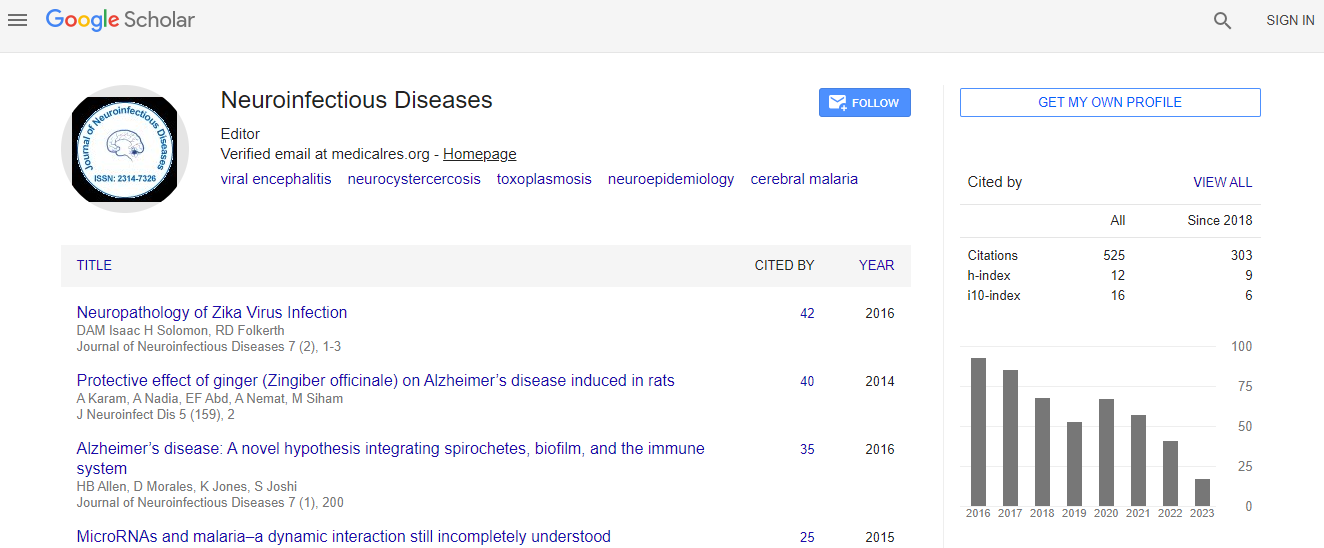Case Report
Cone-Beam Computed Tomography: An Accurate Diagnostic Tool in Dental Practice for Evaluation of Anatomic Variations in Maxillary Bone Septa
| Maíra Fanha Souto1, Milena Bortolotto Felippe1, Thiago de Oliveira Gamba2, Isadora Luana Flores3*, Sérgio Lúcio Pereira de Castro Lopes4 and Luiz Roberto Coutinho Manhães Junior4 | |
| 1São Leopoldo Mandic Dental School, Campinas, São Paulo, Brazil | |
| 2Piracicaba Dental School, State University of Campinas, São Paulo, Brazil | |
| 3Pelotas Dental School, Federal University of Pelotas, Pelotas, Rio Grande do Sul, Brazil | |
| 4São José dos Campos Dental School, São Paulo State University, São José dos Campos, São Paulo, Brazil | |
| Corresponding Author : | Isadora Luana Flores Faculdade de Odontologia de Piracicaba – UNICAMP Departamento de Diagnóstico Oral – Semiologia Av. Limeira, 901 CEP 13.414-903 Piracicaba-São Paulo–Brazil Tel: +55 19 321065267 E-mail: isadoraluanaflores@gmail.com |
| Received April 24, 2015; Accepted June 15, 2015; Published June 18, 2015 | |
| Citation: Souto MF, Felippe MB, Gamba TO, Flores IL, de Castro Lopes SLP, et al. (2015) Cone-Beam Computed Tomography: An Accurate Diagnostic Tool in Dental Practice for Evaluation of Anatomic Variations in Maxillary Bone Septa. J Neuroinfect Dis S1:002. doi:10.4172/2314-7326.S1-002 | |
| Copyright: © 2015 Souto MF, et al. This is an open-access article distributed under the terms of the Creative Commons Attribution License, which permits unrestricted use, distribution, and reproduction in any medium, provided the original author and source are credited. | |
| Related article at Pubmed, Scholar Google | |
Abstract
Background: Advanced knowledge of the shape and length of the maxillary sinus and its internal septa is useful for treatment planning of extraction, implant and sinus lift procedures.
Purpose: This study evaluates the prevalence, morphology, orientation, location, height, and length of bone septa in the maxillary sinus using cone-beam computed tomography (CBCT) images, for completely dentate versus partially or fully edentulous patients. Also, since dental extractions may induce formation of sinus septa, this study assesses the correlation between edentulism and prevalence of the maxillary sinus septa.
Material and methods: Four hundred forty-three CBCT images were selected to evaluate the prevalence of a septum in the maxillary sinus to perform an anatomic study of septum morphology. All images were evaluated by one an expert in oral radiology. The χ2 test was used to verify the relationship between the presence of septa and sex, age, and edentulism status. Variance analysis and the Tukey test showed a relationship between partial or full edentulism and the height and length of the maxillary sinus septum.
Results: A maxillary sinus septum was found in 50.1% of the study sample size. 69.8% of patients with a septum were partially edentulous. Gender did not correlation with septum prevalence. The length of the septum in the transverse orientation, and the location of the septum in the medial aspect of the sinus, both correlated with tooth loss.
Conclusions: Maxillary sinus bone septa are more prevalent in partly or fully edentulous populations. Given the diversity of septa morphology among patients, a detailed evaluation of each patient’s septa using CBCT is useful for customizing bone graft and implant placement treatment planning for each patient.

 Spanish
Spanish  Chinese
Chinese  Russian
Russian  German
German  French
French  Japanese
Japanese  Portuguese
Portuguese  Hindi
Hindi 
